Wonder Woman has been turning heads, beating up bad guys and saving lives since 1941. To mark the 80th anniversary of her debut, The Sunday Times looks at her creation and showcases some of her iconic transformations.
The unconventional family behind Wonder Woman
William Moulton Marston
Wonder Woman was created by Dr Marston (1893-1947), who was greatly inuenced by two women: his wife Elizabeth Holloway and their polyamorous life partner, Mary Olive Byrne. His pen name was Charles Moulton.
Elizabeth Holloway
Marston's wife was an attorney and psychologist. She had three college degrees in elds including law and psychology, at a time when it was unusual for a woman to even have one
Mary Olive Byrne
The daughter of Ethel Byrne, a women's rights activist, was a writer known professionally as Olive Richard. She penned an October 1940 article on Marston, who spoke of the educational potential of comics. It caught the eye of comics publisher Max Gaines, who asked Marston to create a new superhero.
What influenced the creation of Wonder Woman
World War II
Women were encouraged to take on traditionally masculine roles while the men were at war.
Suffragist Movement
It took activists and reformers nearly 100 years to win the ght (1840-1920) for the right for women to vote in the United States
Rejected by feminists?
In 2016, the United Nations named Wonder Woman as an honorary ambassador for the empowerment of women and girls. However, this was dropped two months later due to complaints about the character being overly sexualised
Not the first female superhero

Two other comic-book characters hold the claim to being the first female superhero. Fantomah was the first female superhero with superhuman powers and The Woman in Red is the first masked and costumed superheroine. Both appeared in 1940.
Women-led blockbusters
Wonder Woman (2017) was the first female-led superhero film directed by a woman - Patty Jenkins. She is the second female director to helm a movie with a budget of more than US$100 million (S$135 million). The first was Kathryn Bigelow, with K-19: The Widowmaker, in 2002.
Besides Wonder Woman, many other female-fronted films have been hits at the box office.
Here are some notable ones:
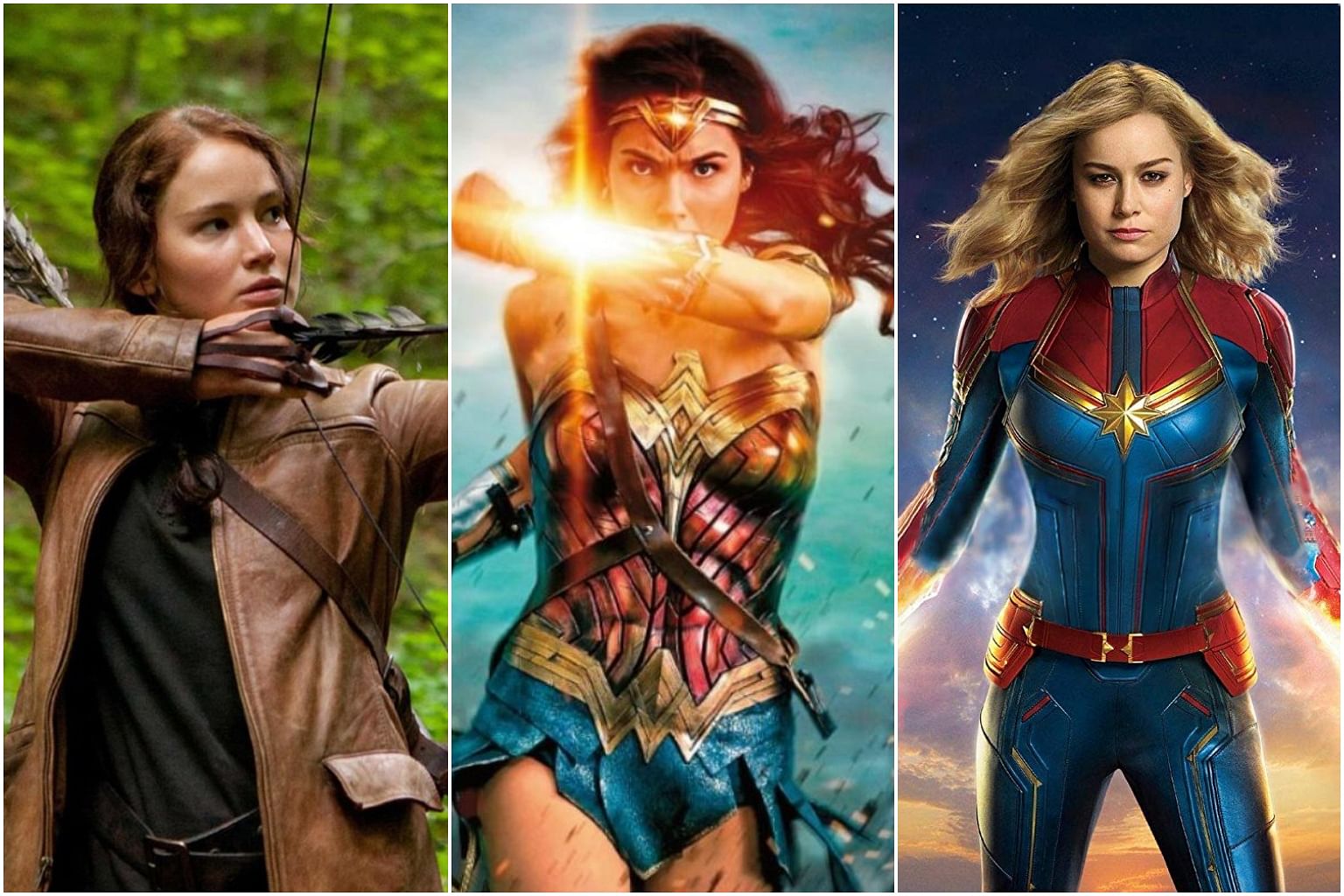
The Hunger Games (2012-2014)
US$771m worldwide gross
The franchise, starring Jennifer Lawrence as Katniss Everdeen, grossed more than US$2.9 billion across its four films, with an average of about US$742 million a movie.
Wonder Woman (2017)
US$822m worldwide gross
Gal Gadot played Diana Prince/ Wonder Woman.
Captain Marvel (2019)
US$1.13bn worldwide gross.
Brie Larson starred as Carol Danvers/Captain Marvel.
Others who took up the mantle of Wonder Woman
Artemis

First Appearance: Wonder Woman #298 (1982) Friend of Diana's mother, Queen Hippolyta
Queen Hippolyta
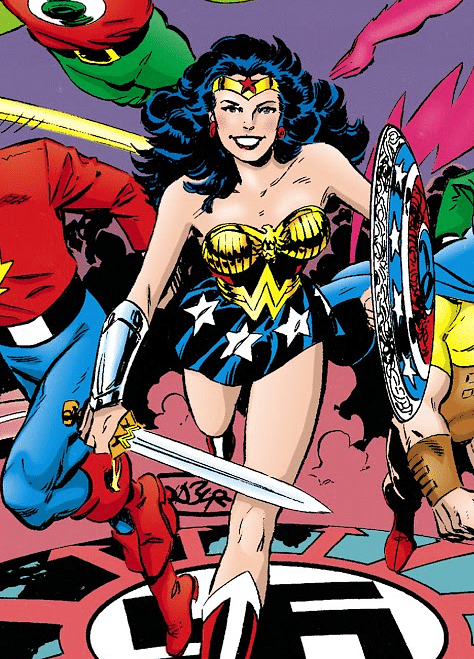
First Appearance: Wonder Woman #131 (1998) Diana's mother
Donna Troy

First Appearance: Wonder Woman #1 (2006) Diana's protege
Nubia

First Appearance: Wonder Woman #204 (1973) Diana's twin sister
Artemis
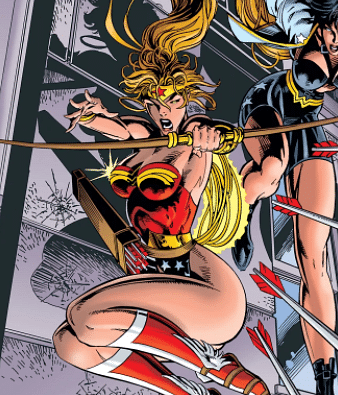
First Appearance: Wonder Woman #90 (1994) Separate faction of the Amazons, challenged Diana
Circe

First Appearance: Wonder Woman #4 (2007) Villain who stole Diana's power
Orana
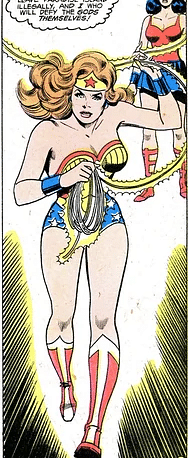
First Appearance: Wonder Woman #250 (1978) Fellow Amazon who challenged Diana
Cassandra Sandsmark
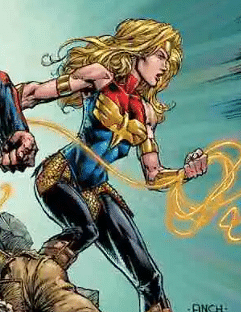
First Appearance: DCeased #4 (2019) Better known as Wonder Girl
Costume evolution
1941: All Star Comics #8
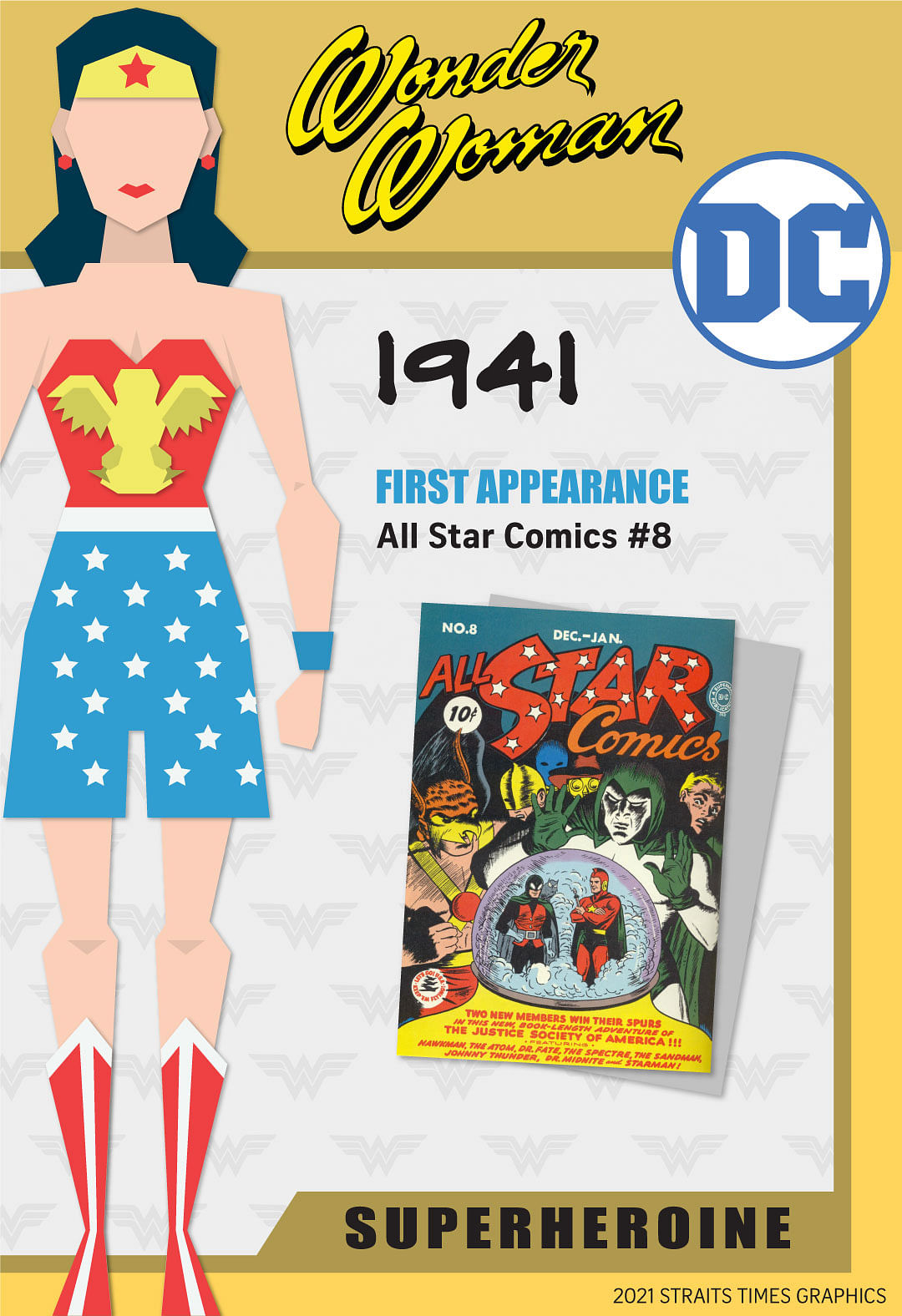
The signature elements of Wonder Woman's get-up, such as the colour scheme, stars, bracelets and tiara, have remained unchanged. Her chest emblem starts off as a literal American bald eagle, symbolising patriotism, and what appears to be a skirt is actually owy culottes. She also rocks 1940s curls, a popular hairstyle for women then.
1958: Wonder Woman Vol 1 #98
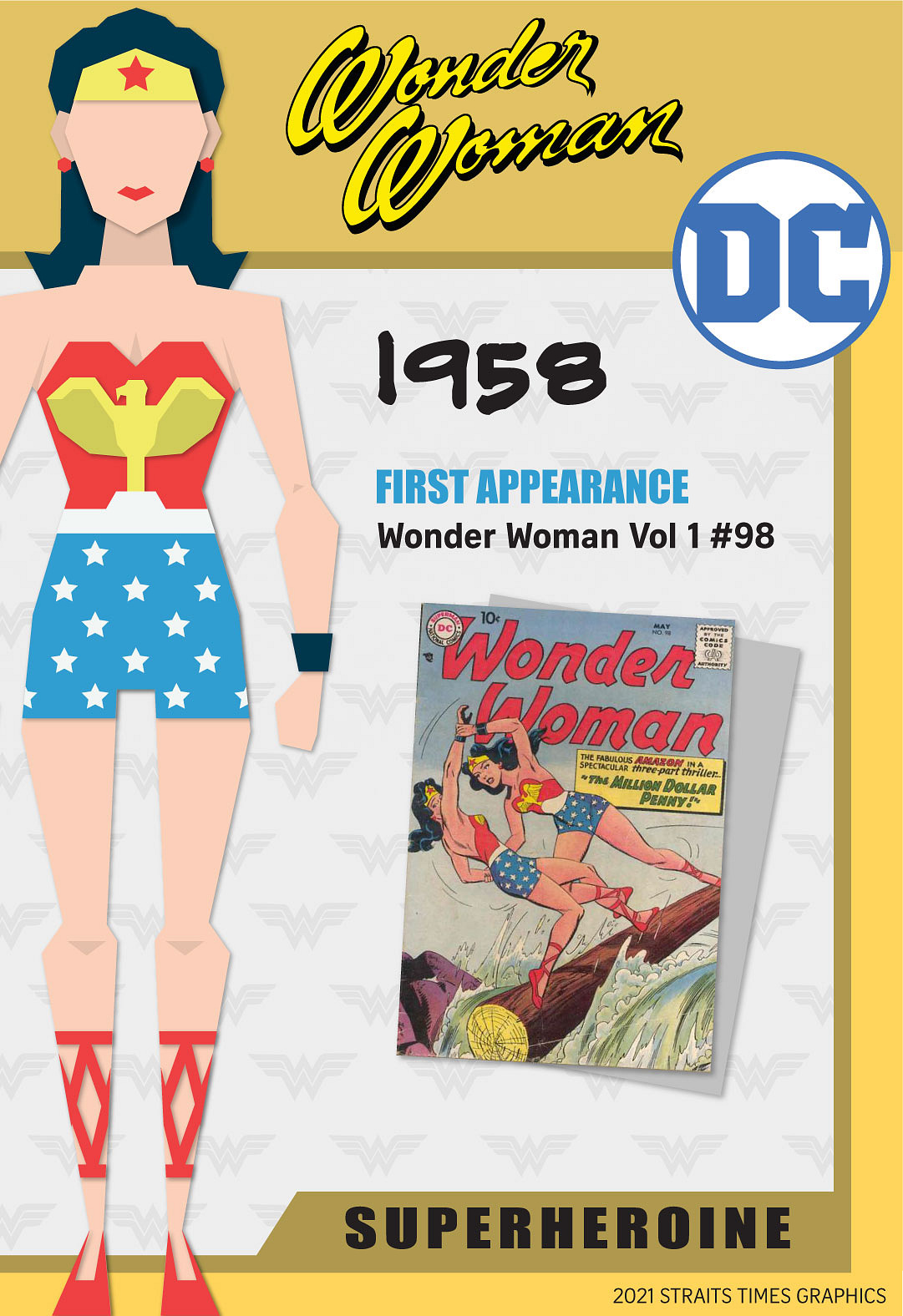
The boots are replaced with lace-up gladiator sandals in line with Greek mythology. This evolved into heels in the 1950s. The culottes get shorter and the eagle takes on a simplified design.
1968: Wonder Woman Vol 1 #178
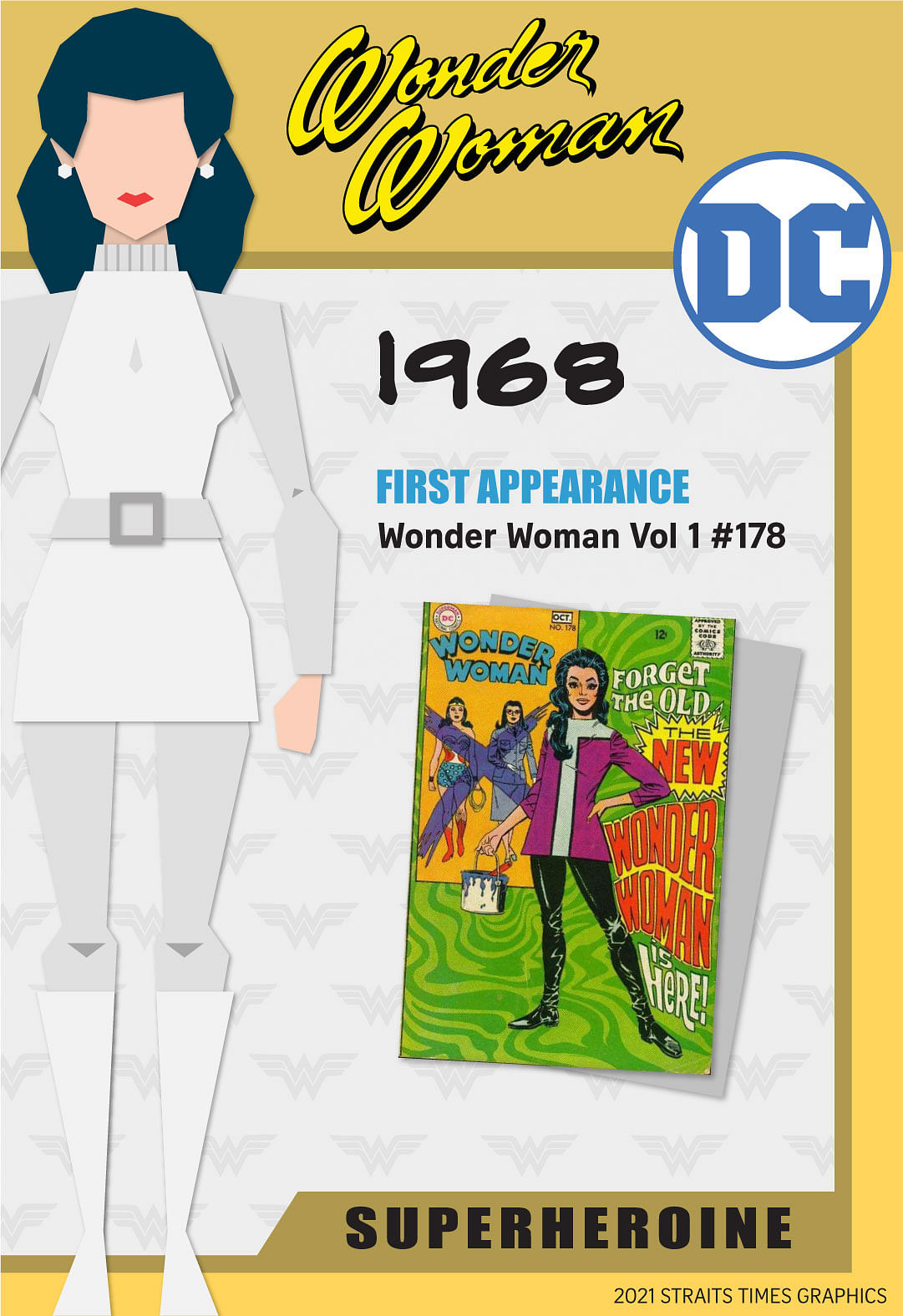
The iconic costume is ditched in favour of contemporary trends. Superpowers are traded in for martial arts and Wonder Woman becomes a street hero who fights crime in style. Many fans are alienated by the changes.
1975: Wonder Woman TV Series

Wonder Woman has her powers restored in the comics and boosts her credentials as a feminist icon by appearing on the cover of Ms Magazine. She gets a gold belt and the pants become high-cut briefs. The superhero is defined by American actress Lynda Carter's portrayal.
1982: Wonder Woman Vol 2 #1
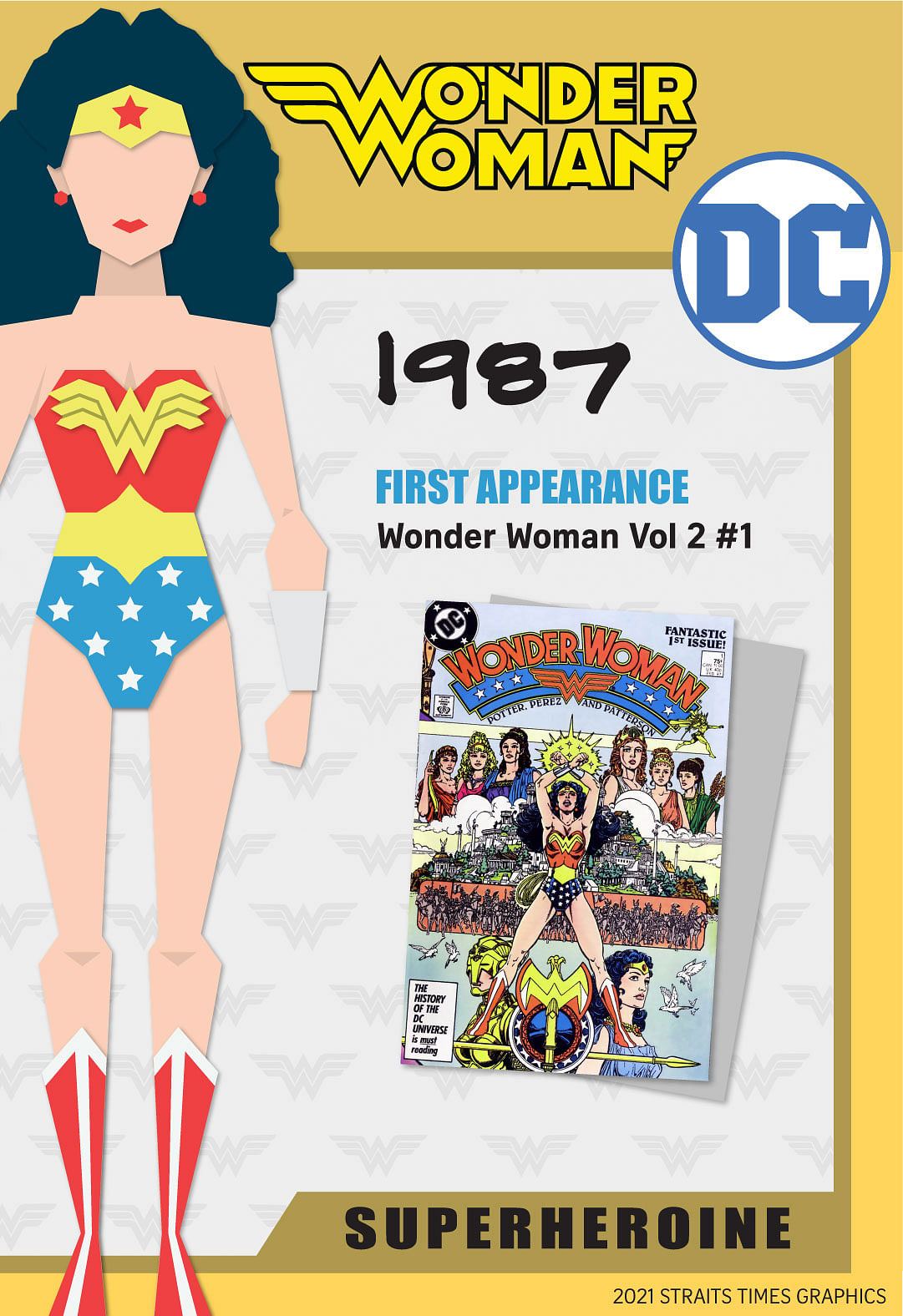
In the 1980s, the emblem is redesigned into a stacked double W. Wonder Woman's hairdo is updated with a big, flowing curly style. Her costume gets skimpier through the decades.
1995: Wonder Woman Vol 2 #93

Having lost the title and tiara to a rival, Diana changes her outfit to a blue biker jacket over a black sports bra with bike shorts. Her signature emblem and stars are retained. The changes do not sit well with fans and last less than a year.
2006: Wonder Woman Vol 3 #2
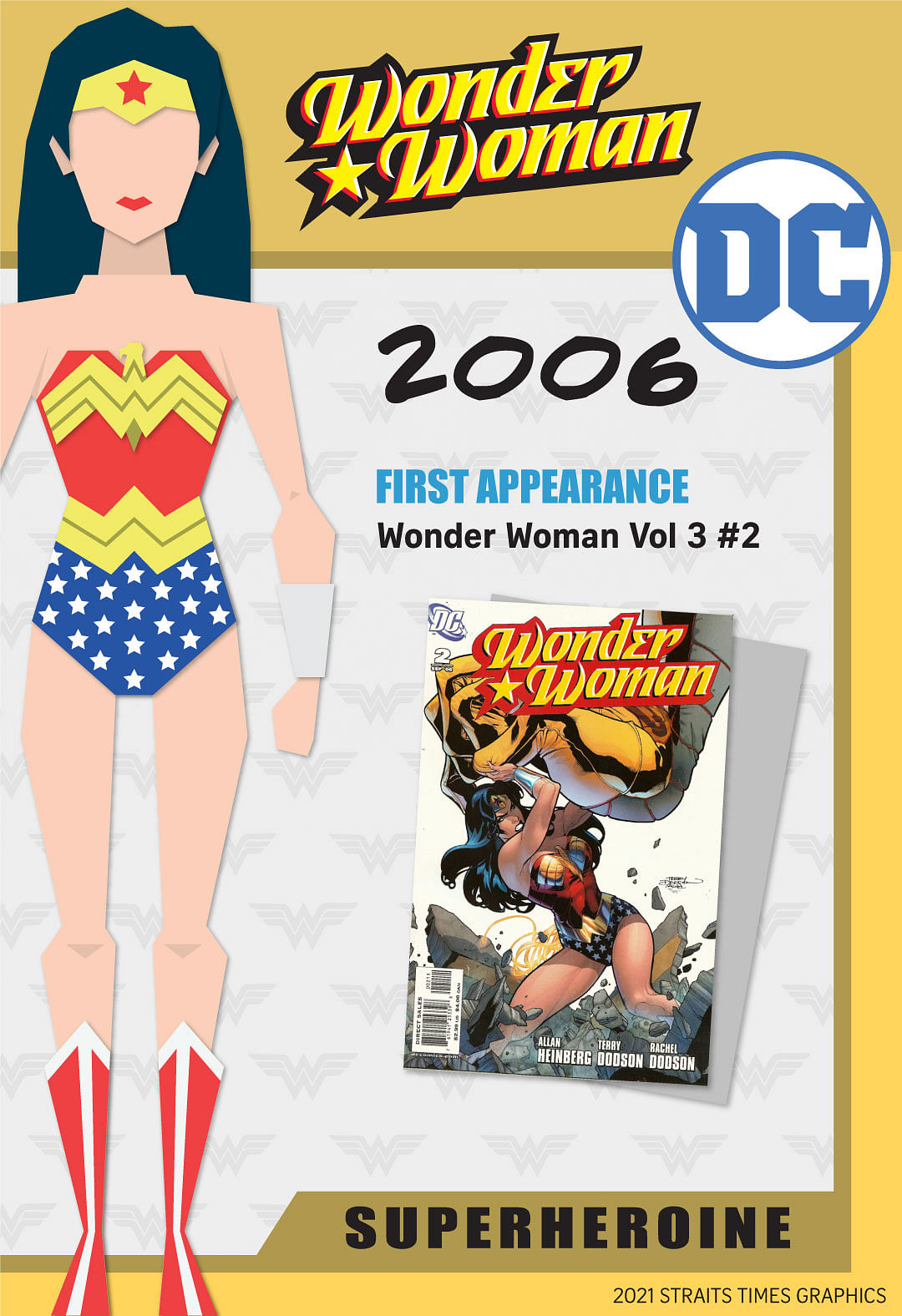
Millennium Wonder Woman's get-up is a throwback to the classic costume. The emblem resembles an eagle once again and her signature tiara and red boots are back.
2011: Wonder Woman Vol 4 #1
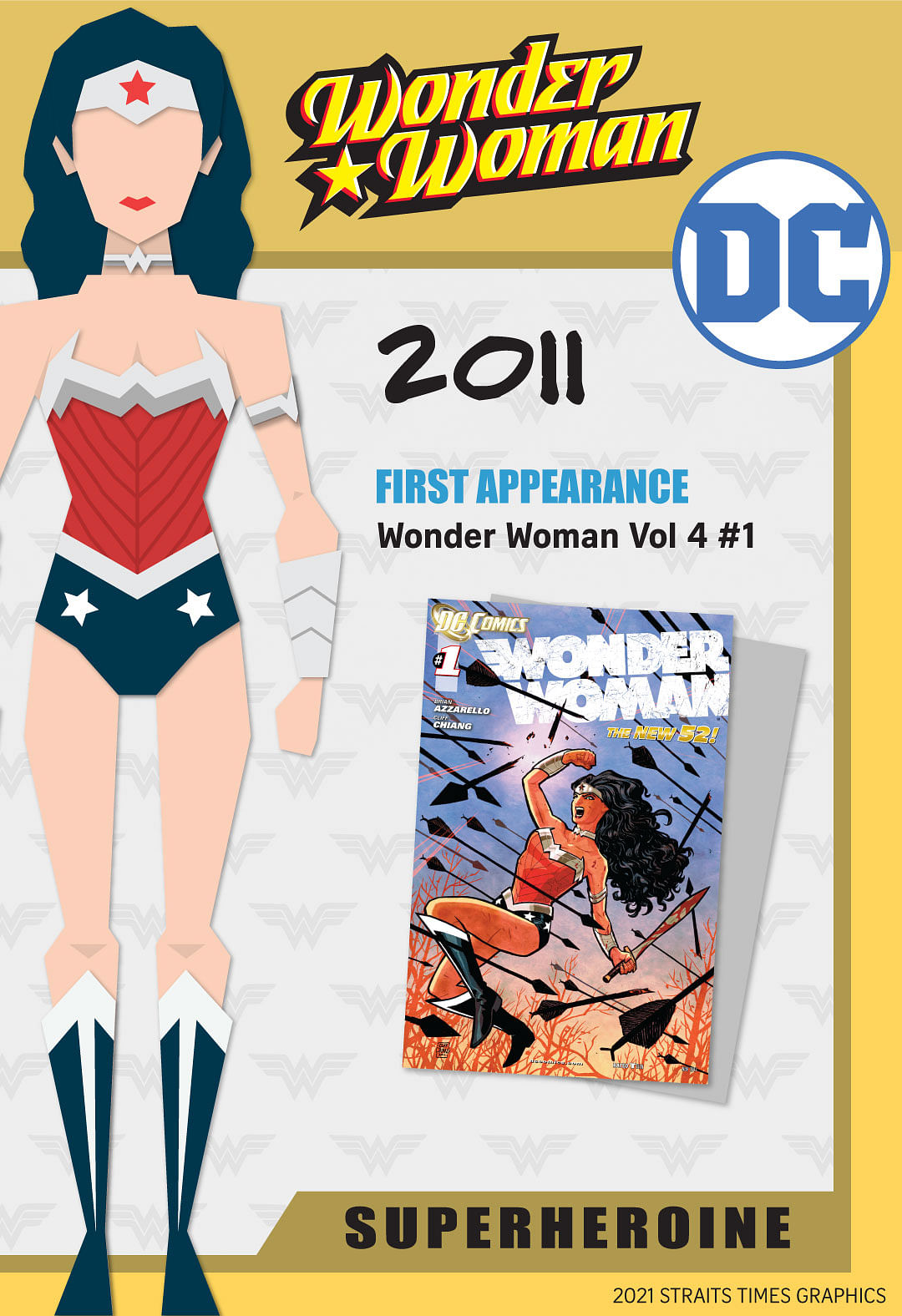
Wonder Woman has a redesign along with The New 52 reboot of the DC Comics universe. Her costume retains its classic appearance, but the embellishments are silver instead of gold and the colours are more subdued with a deeper red and darker blue.
2020: Wonder Woman 84

Wonder Woman returns to the big screen in Wonder Woman 1984. The costume stays true to the essence of the classic version, minus the stars. It has a metallic sheen reminiscent of Greek armour and reflects Diana's identity as an Amazon warrior princess.

